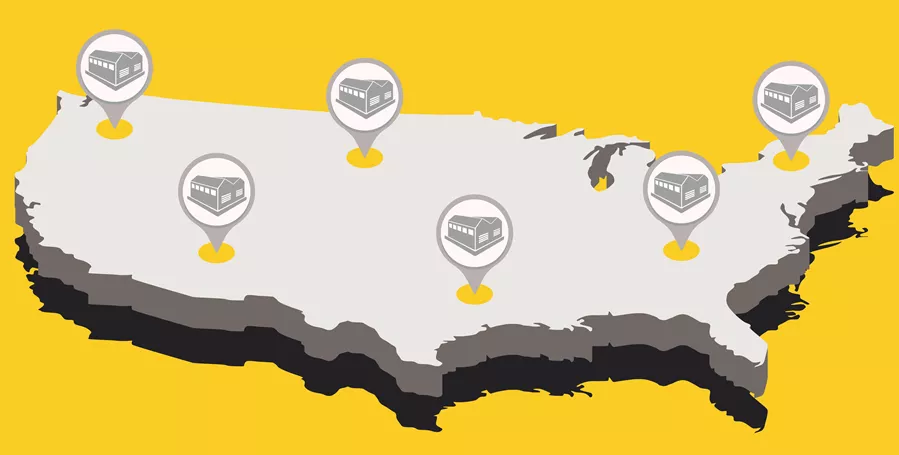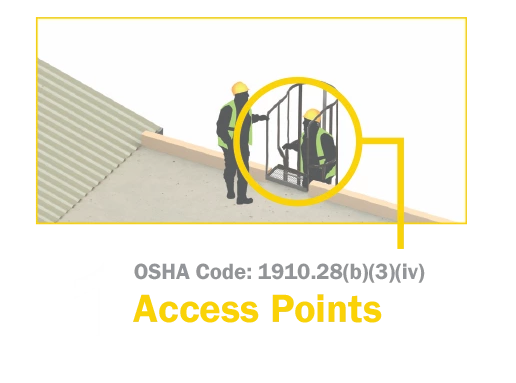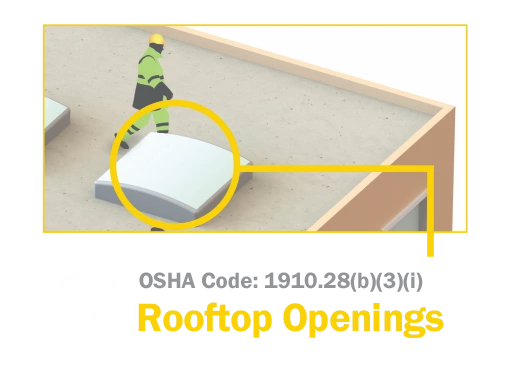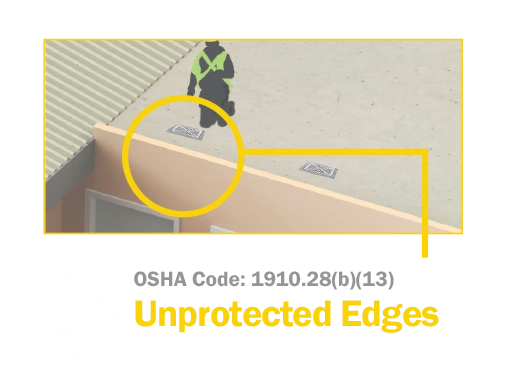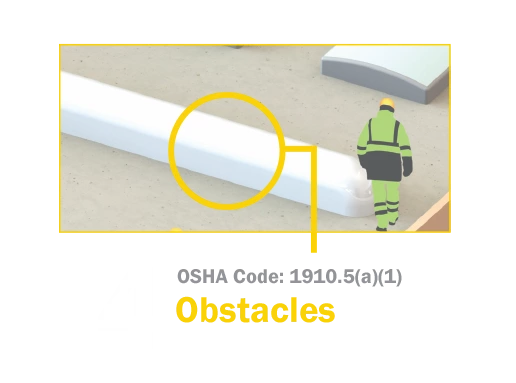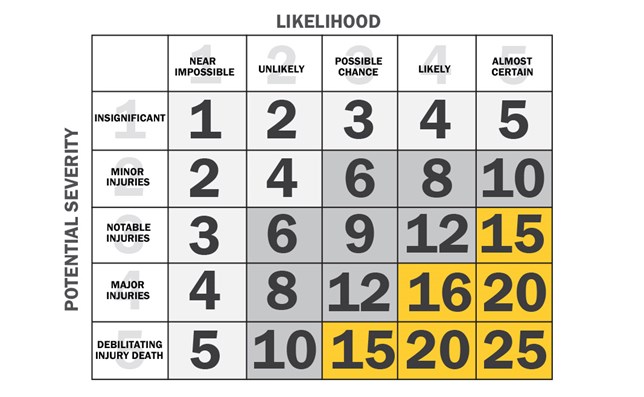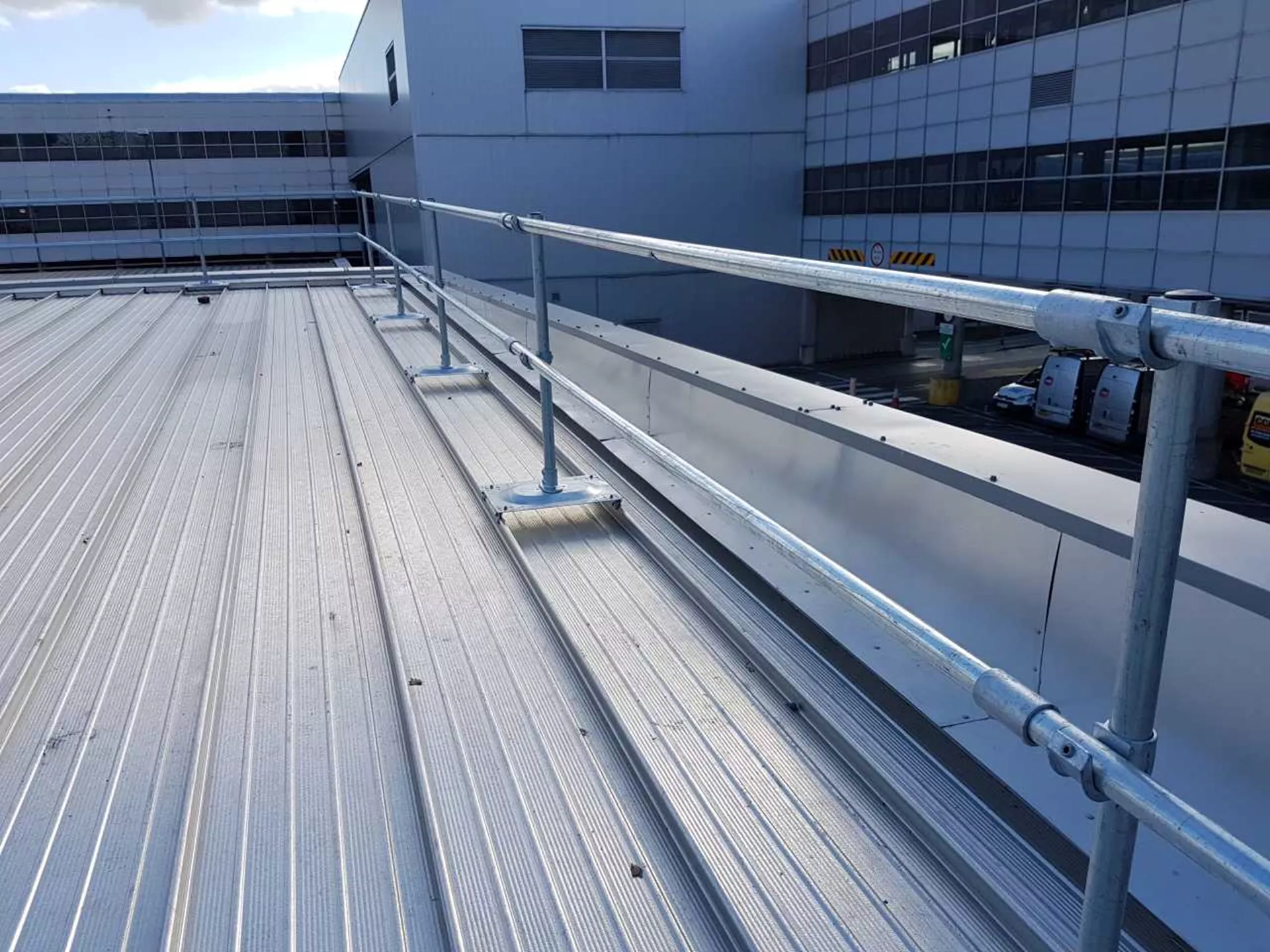Openings are the most often overlooked hazard, so they are extremely critical to protect. OSHA considers skylights to be a hole in the rooftop which is why Kee Safety evaluates all rooftop openings as a serious risk concern.
Statistically, more people fall through skylights than over the open edge of a roof.
As a worker is traversing the middle of the rooftop, they have a false sense of security. Operating far from the roof edge, carrying equipment, or focused on the job at hand, it is easy to misstep and fall through an unprotected skylight opening.
